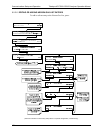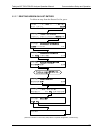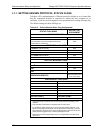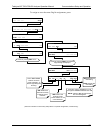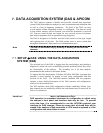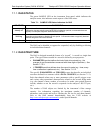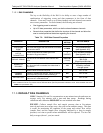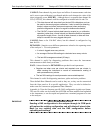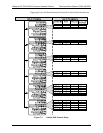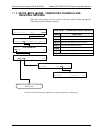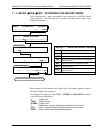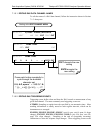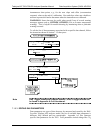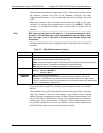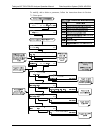
Data Acquisition System (DAS & APICOM Teledyne API T803 CO2/O2 Analyzer Operation Manual
132
CALDAT: Data channels log new slopes and offsets of measurements each time
an O
2
zero or span calibration is performed and the result changes the value of the
slope (triggering event: SLPCHG). Although there is a separate data channel for
CO
2
(CALCO2), this channel could be configured to include both O
2
and CO
2
.
This data channel will store data from the last 200 calibrations and can
be used to document analyzer calibration; it also is useful for detecting
trends in slope and offset (instrument response) when performing
predictive diagnostics as part of a regular maintenance schedule.
The CALDAT channel collects data based on events (e.g. a calibration
operation) rather than a timed interval and therefore does not represent
any specific length of time. As with all data channels, a date and time
stamp is recorded for every logged data point.
CALCO2: Same as for CALDAT above, but this channel is configured to log
data for CO
2
.
DETAILED: Samples seven different parameters related to the operating status
of the analyzer’s. For each parameter:
A value is logged once every minute;
An average of the last 60 readings is calculated once every minute.
The last 480 averages are stored (20 days).
This channel is useful for diagnosing problems that cause the instruments
measurements to drift slowly over time
FAST: Almost identical to DETAILED except that for each parameter:
Samples are taken once per minute and reported once per minute, in
effect causing the instrument to record an instantaneous reading of
each parameter every minute.
The last 360 readings for each parameter are recorded/reported.
This channel is useful for diagnosing transients; spikes and noise problems.
These default Data Channels can be used as they are, or they can be customized
from the front panel to fit a specific application. They can also be deleted to
make room for custom user-programmed Data Channels.
Appendix A-5 lists the firmware-specific DAS configuration in plain-text format.
This text file either can be loaded into APICOM and then modified and uploaded
to the instrument, or can be copied and pasted into a terminal program to be sent
to the analyzer.
IMPORTANT
IMPACT ON READINGS OR DATA
Sending a DAS configuration to the analyzer through its COM ports
will replace the existing configuration and will delete all stored data.
Back up any existing data and the DAS configuration before
uploading new settings.
07276B DCN6418



